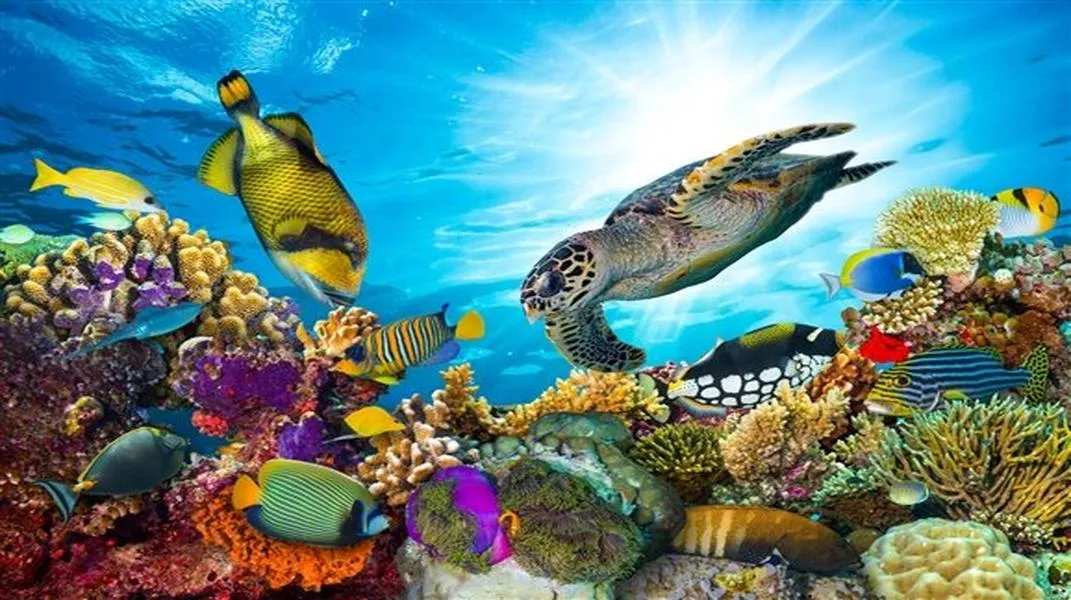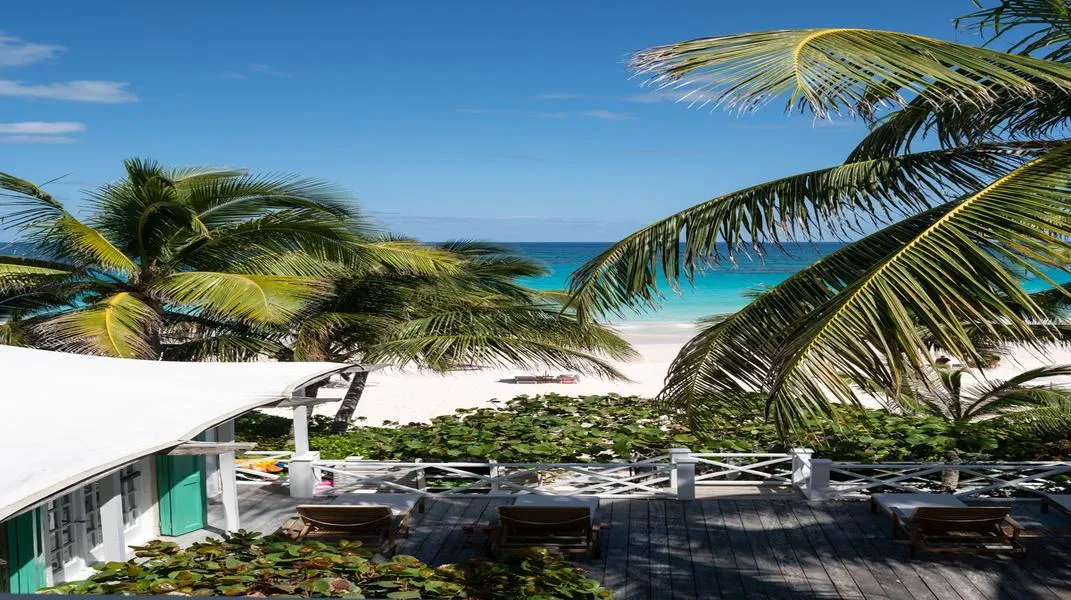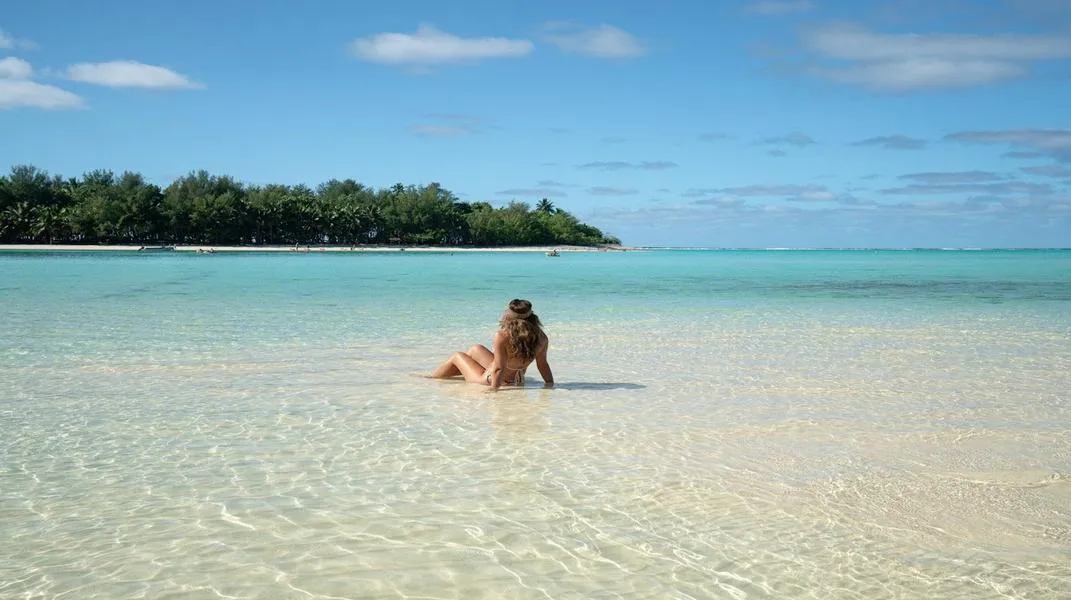Exploring the Great Barrier Reef: A Guide to Australia’s Natural Wonder
The Great Barrier Reef, a UNESCO World Heritage Site, is one of the most breathtaking natural wonders on the planet. Stretching over 2,300 kilometers along the coast of Queensland, Australia, this magnificent marine ecosystem is home to an astounding diversity of marine life and stunning coral formations. In this article, we’ll delve into the allure of the Great Barrier Reef, the various activities available for visitors, and the essential materials you need to prepare for an unforgettable visit.

The Marvel of the Great Barrier Reef
1. An Ecological Treasure
The Great Barrier Reef is the largest coral reef system in the world, composed of over 2,900 individual reefs and 900 islands. It is often referred to as the largest living structure on Earth and is visible from space. The reef is teeming with life, boasting over 1,500 species of fish, 400 species of coral, and various species of turtles, dolphins, and sharks. The diversity of marine life is a testament to the reef’s rich ecological importance.
2. Unique Biodiversity
The Great Barrier Reef is not only a haven for marine species but also a critical habitat for endangered species such as the dugong and the green sea turtle. The coral formations serve as nurseries for many fish species, providing shelter and breeding grounds. The reef's biodiversity is vital for maintaining the ecological balance of the ocean, and it plays a crucial role in supporting commercial fishing and tourism.
3. A Scenic Paradise
Beyond its ecological significance, the Great Barrier Reef is also a paradise for tourists. With its crystal-clear waters, vibrant coral gardens, and picturesque islands, the reef offers breathtaking views and unforgettable experiences. Visitors can explore the underwater world through snorkeling or scuba diving, relax on pristine beaches, and take boat trips to discover the reef’s hidden gems. Each experience allows for an intimate connection with nature and a deeper appreciation for this unique ecosystem.
Planning Your Visit
1. Best Time to Visit
The Great Barrier Reef can be visited year-round, but the most favorable time is during the dry season, from May to October. During these months, the weather is typically sunny and dry, with lower humidity levels and calmer seas, making it ideal for activities like snorkeling and diving. The wet season, from November to April, can bring heavy rain and tropical storms, which may limit outdoor activities.
2. Getting There
The Great Barrier Reef can be accessed from various coastal towns in Queensland, with Cairns and Port Douglas being the most popular gateways. Cairns International Airport is well connected to major cities in Australia and offers numerous domestic and international flights. From Cairns, you can join guided tours or take ferry services to various reef locations.
3. Choosing Activities
There’s no shortage of activities to enjoy at the Great Barrier Reef. Here are some popular options:
- Snorkeling and Scuba Diving: Explore the vibrant underwater world and get up close with colorful fish and corals. Numerous tour operators offer guided snorkeling and diving trips suitable for all skill levels.
- Glass-Bottom Boat Tours: For those who prefer to stay dry, glass-bottom boat tours provide an excellent opportunity to view the marine life without getting wet.
- Helicopter and Seaplane Tours: For a bird's-eye view of the Great Barrier Reef, consider taking a scenic helicopter or seaplane tour. These flights offer breathtaking aerial views of the reef's stunning formations.
- Island Hopping: Visit some of the beautiful islands within the reef, such as the Whitsundays or Fitzroy Island. These islands offer beaches, hiking trails, and opportunities for snorkeling and swimming.
- Marine Life Encounters: Participate in guided tours that focus on marine life education, allowing you to learn more about the ecosystem and the species that inhabit it.
- Sailing and Luxury Cruises: For a more leisurely experience, consider a sailing tour or a luxury cruise that allows you to relax while enjoying the stunning scenery.
Preparing for Your Visit
To ensure you have a memorable and enjoyable experience at the Great Barrier Reef, it’s essential to prepare adequately. Here’s a comprehensive list of materials you should consider bringing along:
1. Clothing
- Swimwear: Bring at least two sets of swimwear so you can change after snorkeling or swimming.
- Lightweight Clothing: Opt for lightweight, breathable clothing that dries quickly, such as rash guards and shorts. Long sleeves and pants can protect against sunburn.
- Hat and Sunglasses: A wide-brimmed hat and polarized sunglasses will provide shade and protect your eyes from the sun’s glare.
- Water Shoes or Flip-Flops: Comfortable footwear is essential for walking on beaches and rocky areas. Water shoes provide extra grip and protection when wading through shallow waters.
2. Sun Protection
- Sunscreen: Use reef-safe sunscreen to protect your skin while being considerate of the fragile marine ecosystem. Chemical sunscreens can harm coral reefs, so opt for mineral-based sunscreens instead.
- Lip Balm: A lip balm with SPF will protect your lips from sun damage.
3. Snorkeling and Diving Gear
- Snorkeling Equipment: If you plan to snorkel, check if your tour operator provides gear. If you have your own, bring a mask, snorkel, and fins for the best fit and comfort.
- Diving Equipment: For scuba divers, ensure you have your certified gear or check with your diving operator about rental options.
- Underwater Camera: Capture the stunning underwater scenery and marine life with an underwater camera or a GoPro.
4. Personal Items
- Water Bottle: Stay hydrated by bringing a reusable water bottle. Many tour operators provide refill stations.
- Towel: A quick-dry towel is practical for drying off after swimming or snorkeling.
- Snacks: Pack some light snacks in case you get hungry during your adventures.
5. Health and Safety
- First Aid Kit: A small first aid kit can be handy for minor injuries or insect bites.
- Medication: If you take any medication, ensure you bring enough for your trip, along with any necessary prescriptions.
- Reef-safe Insect Repellent: Protect yourself from mosquitoes, especially if you plan to visit the islands or stay overnight.
6. Miscellaneous
- Cash and Credit Cards: While many places accept cards, it’s wise to have some cash for small purchases or tips.
- Travel Insurance: Consider purchasing travel insurance that covers adventure activities like snorkeling and diving.
- Guidebooks or Apps: Bring a guidebook or download apps that provide information about marine life, safety tips, and navigation aids.
Environmental Responsibility
As visitors to the Great Barrier Reef, it is our responsibility to protect this incredible ecosystem. Here are some essential tips to minimize your impact:
- Follow Guidelines: Always adhere to the guidelines set by tour operators and national park regulations.
- Avoid Touching Coral: Coral is a living organism and can be easily damaged. Observe marine life from a distance and refrain from touching or stepping on coral formations.
- Don’t Collect Souvenirs: Leave shells, coral, and marine life in their natural habitat for others to enjoy.
- Use Reef-safe Products: Ensure that your sunscreen is reef-safe to avoid harming marine life.
Conclusion
The Great Barrier Reef is an extraordinary destination that offers unparalleled beauty, adventure, and ecological significance. Whether you’re snorkeling in its vibrant waters, lounging on its sandy beaches, or exploring its diverse marine life, the experiences you have at the reef will stay with you for a lifetime.
With careful planning and preparation, you can enjoy all the wonders the Great Barrier Reef has to offer while being responsible stewards of this magnificent natural treasure. Pack your bags, gather your materials, and get ready for an unforgettable journey to one of the world's most spectacular marine environments. The Great Barrier Reef awaits!
Related Posts

Exploring the Enchantment of Harbour Island: A Comprehensive Guide to Your Visit

Exploring the Enchanting Kingdom of Tonga: A Guide for Travelers

Discovering the Enchantment of the Cook Islands: A Comprehensive Guide for Travelers

